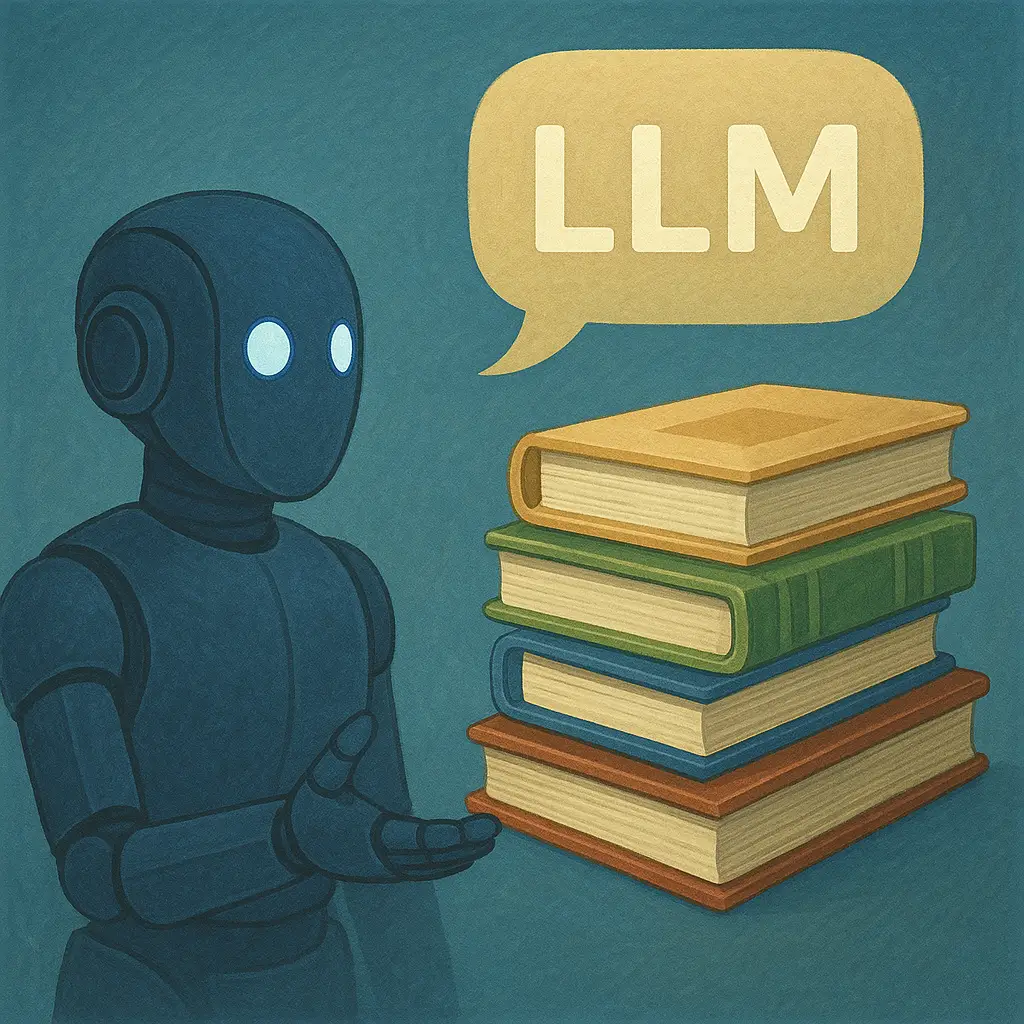
Large Language Models (LLMs) have rapidly transformed the landscape of artificial intelligence, enabling machines to generate human-like text, answer questions, and even assist with complex reasoning tasks. Understanding how these models function provides valuable insight into both their capabilities and their limitations.
Section 1: The Foundation – Data Collection and Preprocessing
The journey of building an LLM begins with data. The initial stage, known as pre-training, involves collecting vast amounts of text from publicly available sources on the internet. This data is carefully filtered to ensure high quality and diversity. For example, datasets like “FineWeb” are curated to remove undesirable content such as spam, malware, and inappropriate material. The goal is to amass a large, diverse, and clean corpus of text that represents a wide range of knowledge and language use.
Once collected, the raw HTML of web pages is processed to extract only the relevant text, discarding navigation menus, advertisements, and other non-essential elements. Language filtering is also applied to focus on specific languages, such as English, depending on the intended use of the model. Additional steps include deduplication and the removal of personally identifiable information to further refine the dataset.
Section 2: Tokenization – Preparing Text for Neural Networks
Before text can be used to train a neural network, it must be converted into a format that the model can process. This is achieved through tokenization, which breaks down text into smaller units called tokens. Tokenization algorithms, such as Byte Pair Encoding, group frequently occurring sequences of characters into unique tokens, balancing the need for a manageable vocabulary size with efficient sequence length.
For state-of-the-art models, the vocabulary can include over 100,000 unique tokens. Each token represents a chunk of text, and the entire dataset is transformed into long sequences of these tokens, which serve as the input for the neural network.
Section 3: Training the Neural Network
The core of an LLM is a neural network, often based on the Transformer architecture. Training involves presenting the model with sequences of tokens and asking it to predict the next token in the sequence. The model starts with randomly initialized parameters and gradually adjusts them to better match the statistical patterns found in the training data.
This process is computationally intensive, requiring powerful hardware such as GPUs. Training large models can take weeks or months and involves processing trillions of tokens. The result is a set of parameters that encode a vast amount of linguistic and factual knowledge, compressed into the neural network’s structure.
Section 4: Inference – Generating Text
Once trained, the model can generate new text through a process called inference. Given a prompt (a sequence of tokens), the model predicts the most likely next token, appends it to the sequence, and repeats the process. This allows the model to generate coherent and contextually relevant text, though the output is inherently probabilistic and can vary with each generation.
Section 5: From Base Model to Assistant – Post-Training
A pre-trained LLM is essentially a sophisticated autocomplete system, capable of generating text that mimics the style and content of its training data. However, to transform it into a useful assistant, further post-training is required. This involves supervised fine-tuning on datasets of human-generated conversations, where the model learns to respond helpfully, truthfully, and safely to user queries.
These conversation datasets are created by human labelers who craft prompts and ideal responses, often guided by detailed instructions. Increasingly, language models themselves assist in generating and refining these datasets, accelerating the process and expanding the diversity of conversational examples.
Section 6: Addressing Hallucinations and Enhancing Factuality
One of the challenges with LLMs is the phenomenon of hallucination, where the model generates plausible-sounding but incorrect or fabricated information. This occurs because the model is trained to imitate the style of answers in its dataset, even when it lacks the necessary knowledge.
To mitigate this, modern training pipelines include examples where the correct response is to acknowledge a lack of knowledge. Additionally, LLMs are now equipped with tools that allow them to perform web searches or execute code, enabling them to retrieve up-to-date information or perform calculations beyond their internal memory.
Section 7: The Role of Reinforcement Learning
The final stage in developing an advanced LLM assistant is reinforcement learning. Here, the model is encouraged to discover and refine its own strategies for solving problems, rather than simply imitating human examples. By generating multiple solutions to a given prompt and rewarding those that lead to correct or desirable outcomes, the model learns to optimize its responses for accuracy and usefulness.
Section 8: Cognitive Characteristics and Limitations
Despite their impressive capabilities, LLMs exhibit certain cognitive quirks. They process information as sequences of tokens, which can limit their ability to perform tasks that require character-level manipulation, such as spelling or counting. Their reasoning is distributed across many tokens, and they perform best when complex tasks are broken down into intermediate steps.
Moreover, LLMs do not possess a persistent sense of self or memory. Each interaction is independent, and their responses are shaped by the statistical patterns in their training data and the immediate context provided by the user.
Conclusion
Large Language Models represent a remarkable achievement in artificial intelligence, combining vast data, sophisticated algorithms, and powerful hardware to simulate human-like language understanding and generation. While they are not infallible and have distinct limitations, ongoing advancements in training techniques, tool integration, and reinforcement learning continue to enhance their reliability and utility.
Understanding the inner workings of LLMs not only demystifies their operation but also empowers users to leverage their strengths and navigate their limitations effectively.


